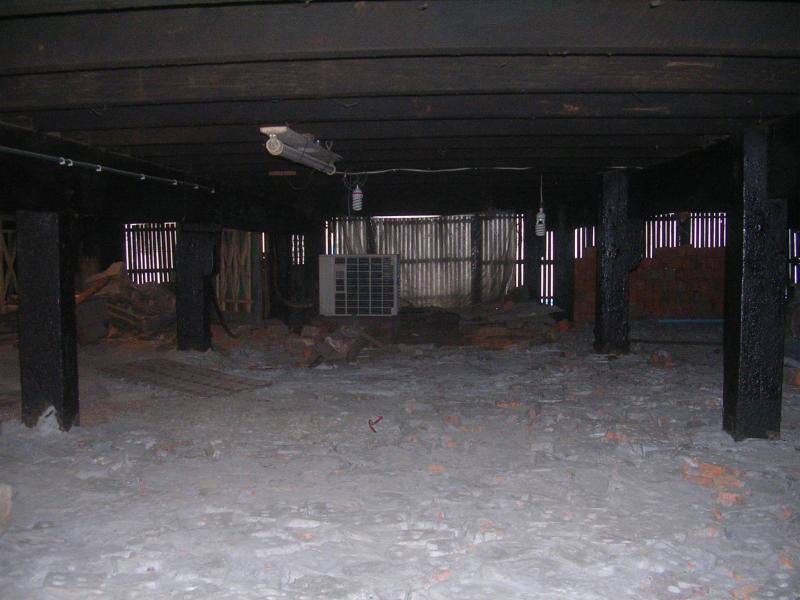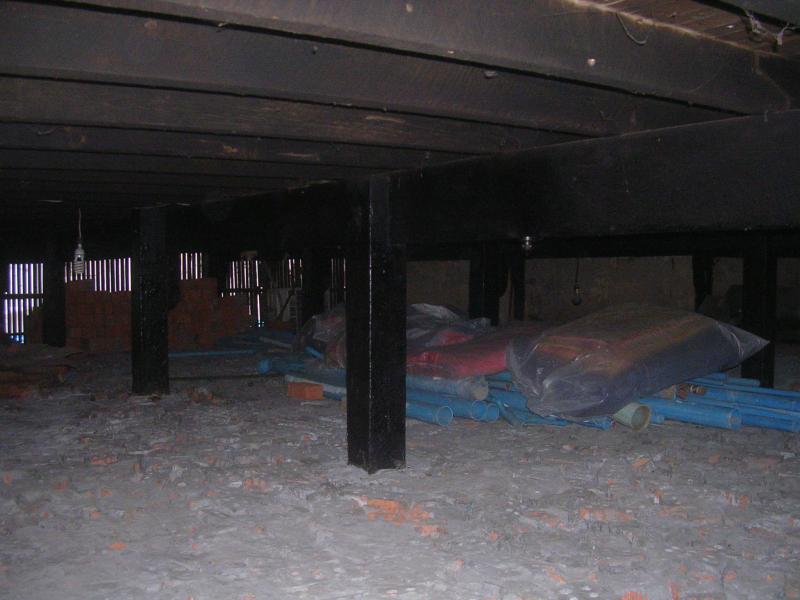I appreciate your advice on how to reinforce the spot footings Foundation of our over 100 years old teak house.
Our ground floor was raised about 4 feet above the ground with long teak vertical beams or poles and some of the beams have been in bad state. As a result, there have been floor sagging in some part of the house.
I am thinking to reinforce the teak spot footings.
How do I do that? Is it possible to do concrete foundation between those long teak vertical poles?
Many thanks for your suggestions and advice.
Our ground floor was raised about 4 feet above the ground with long teak vertical beams or poles and some of the beams have been in bad state. As a result, there have been floor sagging in some part of the house.
I am thinking to reinforce the teak spot footings.
How do I do that? Is it possible to do concrete foundation between those long teak vertical poles?
Many thanks for your suggestions and advice.



